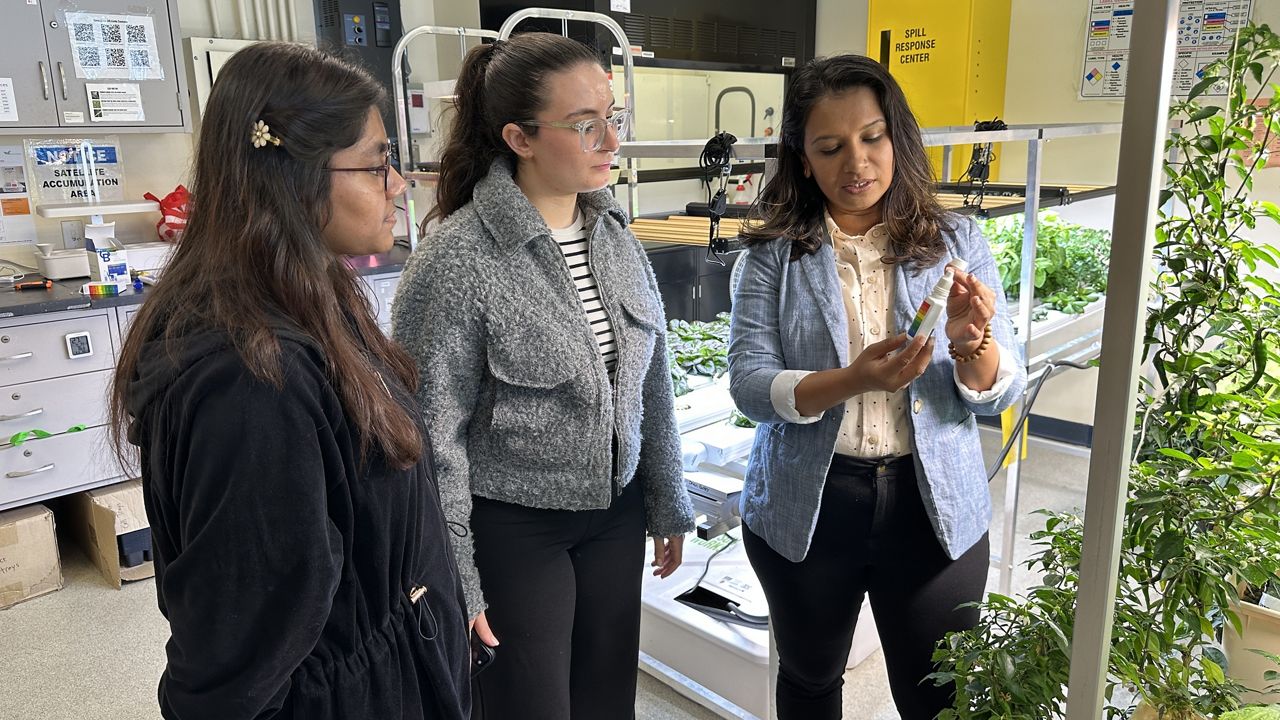It's a surprising finding: City public school students who perform best on the statewide English test are children whose home language is not English.
They're called Ever-ELLs, students who once were considered ELLs, English Language Learners but have advanced into regular English courses.
59.3 percent of those students got a passing grade of 3 or 4 on their English Language Arts exam this year.
That's better than the passing rate for native English speakers which was 51.5 percent.
For comparison, students who are still English language learners, and had a passing rate of just 9.3 percent.
"You just came to the country, you're tested in the language that is not your home language, it takes a while. But when you continue to follow that student, and you see their performance, you're seeing how they are continuing to grow, and then learn, and then outperform," said Mirza Sanchez-Medina, Deputy Chief Academic Officer for Multilingual Learners.
At P.S. 294 in the Bronx, about 30 percent of students are English-language learners.
In a Transitional Bilingual Education class, students read Patricia Polacco's book 'The Keeping Quilt' in Spanish. Later, they will study the same text in English.
"We were learning about values, in Spanish it's valores. It's easier for them to say OK, valores, values, so that they can make those connections with the concepts," said Kelly Campoverde.
Across the hall, students who speak a variety of languages are clustered into English as a New Language class. Instruction is in English, with lots of help from body language, and students get some supports in their home language.
Educators say they think the English learners end up outperforming native English speakers because by toggling between two languages, they learn more about both.
The English learners also are receiving more intensive instruction, and they get more practice taking tests.
"They have been setting goals, like I have to acquire this second language. So when they are in the mainstream class, now I have to pass my test, I have to do well in ELA, I have to do well in math, too. And also as a team, we always follow-up those students," said Miguelina Suriel, an ENL teacher.
The Education Department says it's examining what's working in these ELL classrooms to see if it can be broadened to all English instruction.








_Dnt_Budget_-_PS_Cell_Phone_Ban_Clean)